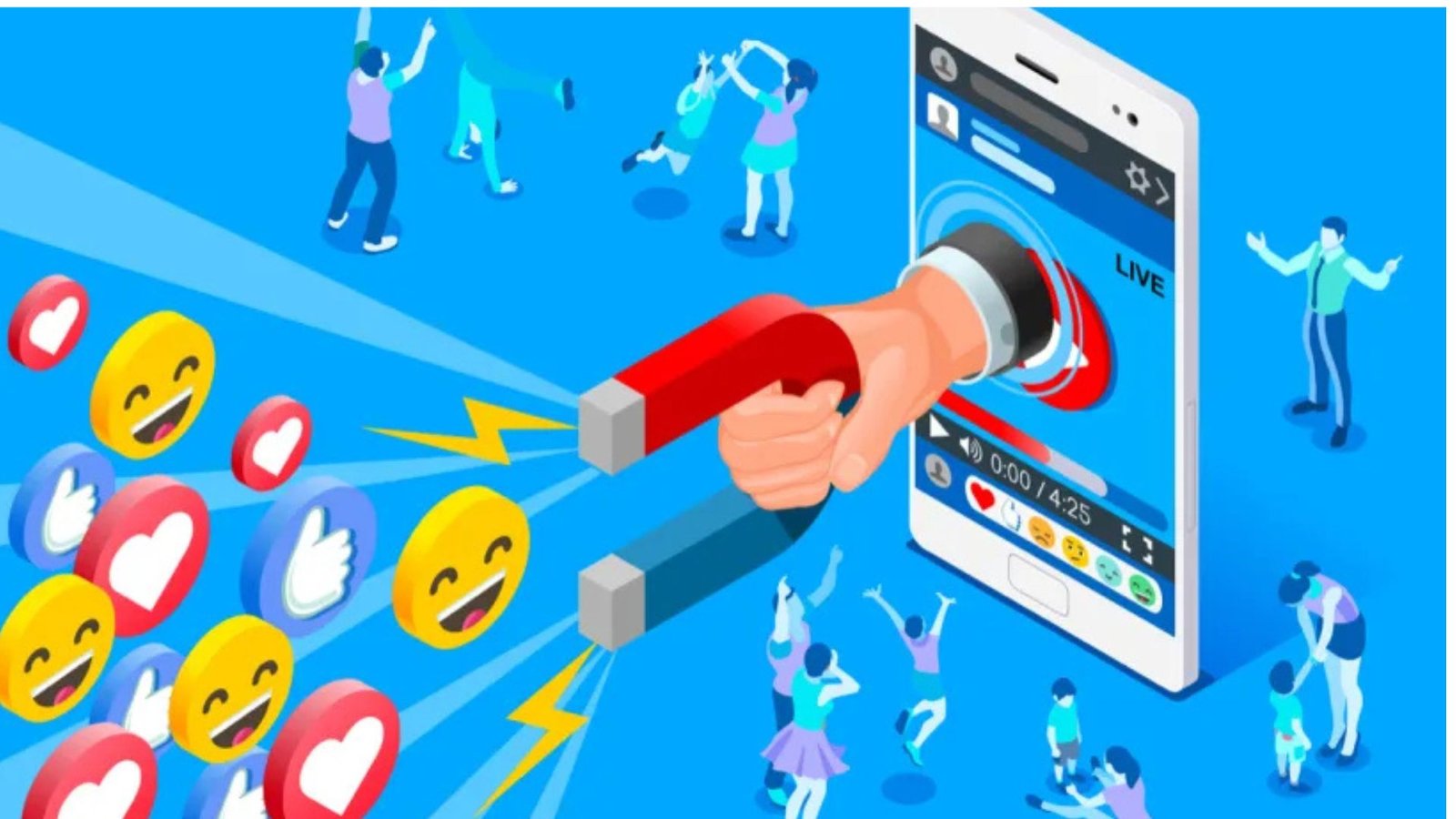The advent of social media live streaming has transformed how fans experience concerts. No longer limited to physical venues, live performances are now accessible to audiences worldwide. Platforms like YouTube, Instagram, and TikTok offer a front-row seat to music events, breaking barriers of geography and cost. But how is this digital revolution changing the essence of live concerts? Let’s explore.
1. The Rise of Social Media Live Streaming for Concerts
Live streaming began as a novelty but has grown into a mainstream method for sharing concerts.
a. Popular Platforms for Streaming
- YouTube Live: Known for high-quality video and audio.
- Instagram Live: Offers a casual, intimate experience.
- TikTok Live: Engages younger audiences with interactive features.
b. The COVID-19 Catalyst
The pandemic accelerated live streaming, with artists turning to social media to connect with fans during lockdowns.
2. Benefits of Social Media Live Streams for Fans
a. Accessibility for All
- Fans can enjoy performances from the comfort of their homes.
- Cost-effective for those unable to afford in-person tickets.
b. Global Reach
- Concerts become global events, connecting fans across continents.
- Time-zone-based replays ensure no one misses out.
c. Interaction in Real-Time
- Live chats and emojis allow fans to share their excitement during the event.
- Some artists respond to fan comments, creating a personal connection.

3. Advantages for Artists and Organizers
a. Expanding Fan Base
Live streams introduce artists to new audiences worldwide.
- Example: BTS’s virtual concerts attracted millions of fans globally.
b. Additional Revenue Streams
- Paid virtual tickets or exclusive content sales.
- Brand partnerships during streams.
c. Flexible Formats
- Artists can perform from any location, from studios to intimate home settings.
4. Enhancing Fan Engagement
a. Interactive Features
- Polls, Q&A sessions, and shout-outs during live streams.
- Fans influencing setlists or participating in giveaways.
b. Virtual Meet-and-Greets
Social media platforms often facilitate post-concert interactions, offering fans a chance to connect with artists personally.
5. Challenges of Live Streaming Concerts
a. Technical Issues
- Buffering, poor video quality, and connection drops can disrupt the experience.
b. Lack of Atmosphere
- The energy of a live audience is difficult to replicate virtually.
c. Copyright and Piracy Concerns
- Unauthorized sharing of streams can impact artists’ earnings.
6. Innovations in Live Concert Streaming
a. Virtual Reality (VR) Concerts
VR technology offers fans an immersive concert experience, replicating the feel of being at the venue.
b. Hybrid Concerts
Combining physical performances with live streams to cater to both in-person and online audiences.
c. Exclusive Digital Content
Artists offer behind-the-scenes footage, pre-show chats, or digital merchandise as part of the streaming experience.
7. The Future of Concert Live Streaming
a. Enhanced Technologies
- AI Integration: Personalized song suggestions during live streams.
- 5G Networks: Faster streaming with minimal lags.
b. Increased Monetization
- Subscription-based streaming services for exclusive concerts.
- Premium tiers with added perks like VIP chats or backstage access.
c. More Inclusive Events
- Accessible features for people with disabilities, such as captions or audio descriptions.
8. Live Streams vs. In-Person Concerts: A Comparison
| Aspect | Live Streams | In-Person Concerts |
|---|---|---|
| Cost | Affordable or free | Often expensive |
| Atmosphere | Virtual energy | Electric crowd engagement |
| Accessibility | Global reach | Limited to venue capacity |
| Interaction | Real-time chats | Physical connection |
Conclusion
Social media live streams are redefining the concert experience, making it more inclusive and accessible than ever. While they may not fully replicate the thrill of being in a packed venue, the innovations in streaming technology promise exciting possibilities for fans and artists alike. As this trend evolves, it’s clear that live streaming will remain a cornerstone of the music industry’s future.











